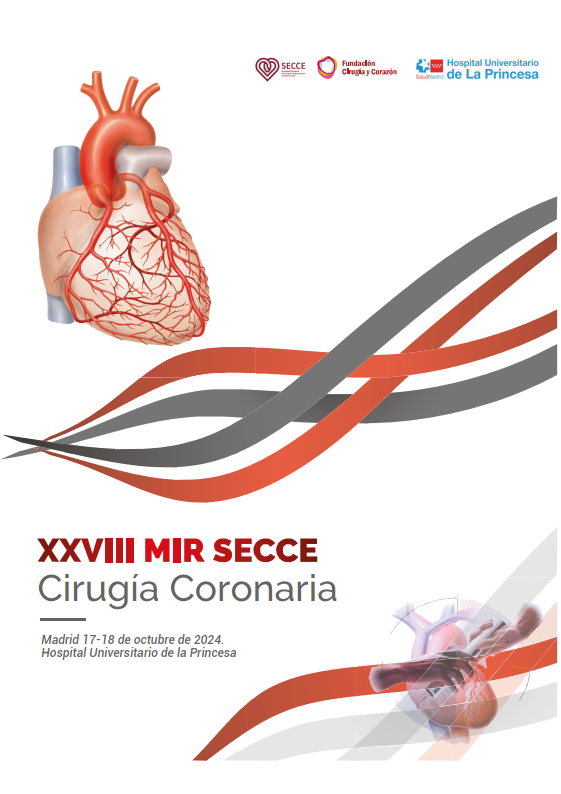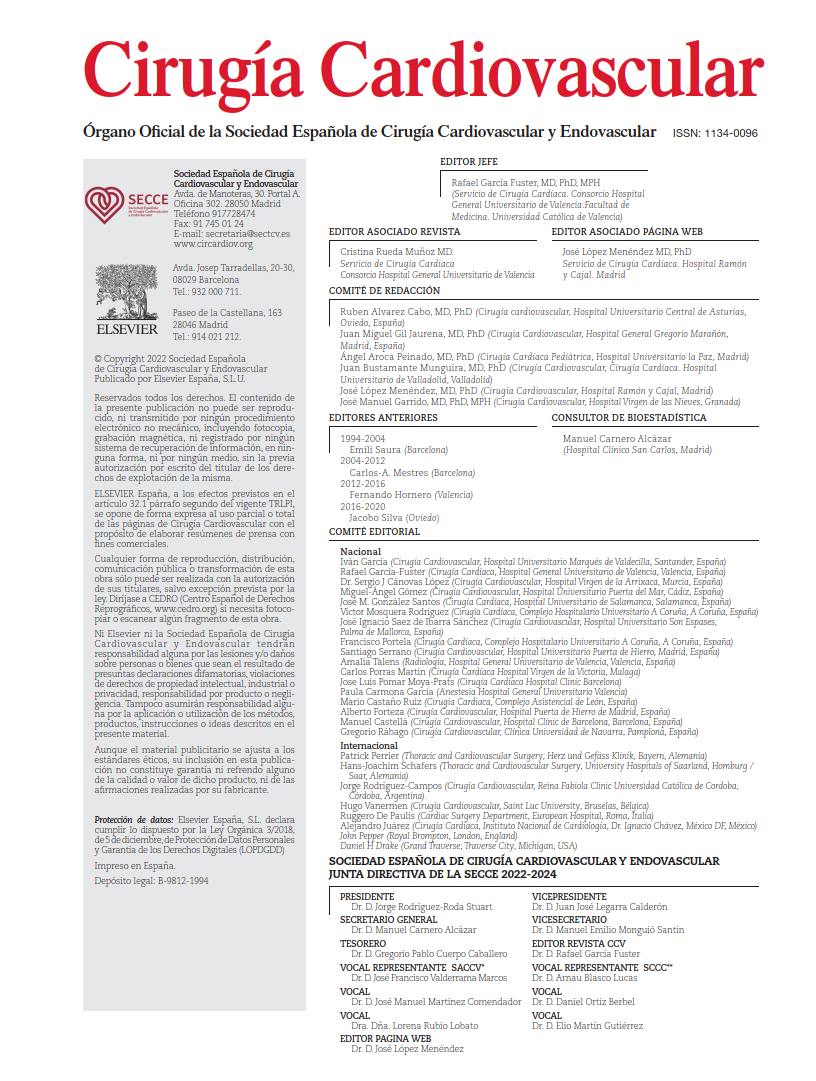Functional TR remains a frequently underestimated entity in the setting of left-sided valvular surgery, despite its recognized association with progressive clinical deterioration and increased long-term morbidity. Current clinical guidelines advocate for surgical repair of the tricuspid valve in patients with severe TR or significant tricuspid annular dilation, particularly when mitral valve surgery is performed simultaneously. However, evidence supporting this approach in isolated aortic valve disease remains limited, and existing recommendations are less conclusive.
The present analysis was conducted at a high-volume tertiary center in South Korea and included 2679 patients who underwent isolated AVR between 2000 and 2022. Concomitant mitral procedures were excluded, allowing for a focused assessment of TR within the context of isolated aortic valve pathology. Patients were stratified based on TR severity (none/trivial, mild, moderate, or severe), as determined by transthoracic or transesophageal echocardiography. The study evaluated the prognostic impact of TR severity during follow-up and, in the subgroup of patients with moderate TR, clinical outcomes were compared according to whether tricuspid surgery was performed. Propensity score weighting was used to minimize selection bias in this comparison.
The primary endpoint was all-cause mortality, while the secondary endpoint comprised a composite of death, tricuspid valve reoperation, stroke, and heart failure requiring hospitalization.
The main findings demonstrated that baseline TR severity was significantly associated with worse long-term outcomes. Patients with mild or moderate TR showed increased mortality compared to those without significant TR (p < .001). Conversely, no significant difference in mortality was observed among patients with severe TR, likely due to the high proportion (95.6%) of these patients undergoing concomitant tricuspid valve surgery despite presenting with a higher burden of comorbidities (including chronic kidney disease, atrial fibrillation, and prior stroke).
In the subgroup analysis of patients with moderate TR (n = 215), tricuspid valve intervention was not associated with a statistically significant reduction in all-cause mortality (HR = 0.57; p = .254). However, concomitant tricuspid surgery was linked to a lower incidence of adverse composite outcomes (HR = 0.37; p = .032), primarily driven by a significant reduction in tricuspid valve reoperations (HR = 0.07; p = .017).
In summary, baseline TR severity emerged as a predictor of adverse prognosis following AVR. Moreover, although concomitant tricuspid valve surgery in patients with moderate TR did not translate into a survival benefit, it appeared to reduce the need for future reoperations without increasing perioperative risk.
COMMENTARY:
This study offers valuable insights to guide clinical decision-making in patients with TR undergoing aortic valve replacement. Current practice guidelines largely derive from evidence obtained in the context of mitral valve disease, where the prevalence of TR is notably higher, leaving limited data applicable to isolated aortic valve pathology.
The present analysis stands out due to its large sample size and extended follow-up duration (median 7.2 years). Nonetheless, the retrospective design inherently entails certain limitations, despite the application of statistical techniques aimed at mitigating selection bias. Furthermore, the proportion of patients with moderate-to-severe TR was relatively small, and only a minority of those with moderate TR underwent concomitant tricuspid intervention, which may have limited the statistical power for some comparisons.
Among the key findings, the presence of even mild-to-moderate TR was associated with decreased long-term survival after AVR. This underscores the importance of thorough preoperative tricuspid valve assessment. Interestingly, this negative prognostic effect was not observed in patients with severe TR, likely reflecting the protective role of concomitant surgical correction despite the higher comorbidity burden in this group. These observations support the potential benefit of addressing both valve pathologies simultaneously.
The selection of the moderate TR subgroup for evaluating the impact of tricuspid surgery was methodologically sound, given the balanced distribution of patients undergoing isolated AVR versus AVR plus tricuspid intervention. While no survival advantage was detected, a significant reduction in tricuspid reoperations was observed—a clinically relevant outcome, considering the technical complexity and increased risk associated with reoperative valve surgery. The absence of mortality benefit may be attributable, at least in part, to the small sample size in this subgroup, limiting the ability to detect significant differences.
From a surgical standpoint, this study highlights the technical challenges of concomitant tricuspid valve repair during minimally invasive AVR. In contrast to mitral surgery, where the anatomical location facilitates combined interventions through right thoracotomy, access to the tricuspid valve during minimally invasive AVR is more limited, likely contributing to the lower rates of concomitant repair in patients with moderate TR undergoing less invasive approaches.
Another relevant point is the lack of standardized criteria for deciding whether to intervene on the tricuspid valve. Surgical discretion played a predominant role, influenced by evolving techniques, institutional experience, and device availability over the study period. These uncontrolled variables introduce potential confounding that should be acknowledged.
From a clinical perspective, moderate TR in patients with aortic valve disease should not be overlooked. Although the findings must be interpreted cautiously due to the study’s retrospective nature and the possibility of unmeasured confounders, the data suggest that addressing moderate TR during AVR may prevent future complications without adding significant perioperative risk.
Ultimately, this study supports the consideration of concomitant tricuspid valve intervention in cases of moderate TR during AVR. Nevertheless, these findings do not warrant firm recommendations, and prospective, randomized studies are necessary to validate these results and refine clinical guidelines.
REFERENCE:
Kim K, Park TH, Yoon S, Park S, Kim HR, Kim HJ, et al. Impacts of Tricuspid Regurgitation and Concomitant Tricuspid Surgery in Aortic Valve Replacement. JACC Asia. 2025 Mar; 5 (3 Pt 2): 455–64. DOI: 10.1016/j.jacasi.2024.10.014



